Home>Garden Essentials>What Are Infill Lots
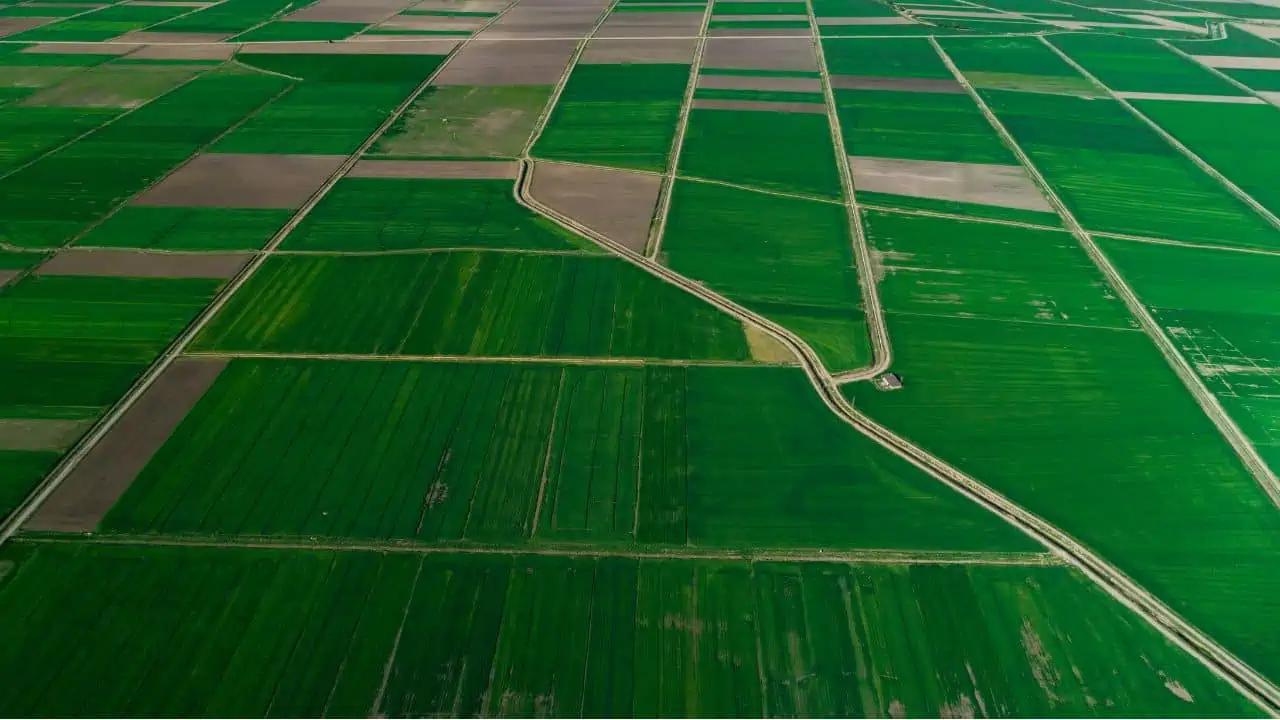

Garden Essentials
What Are Infill Lots
Modified: October 20, 2024
Discover the beauty and potential of infill lots for your garden. Transform your space with these unique opportunities and create a vibrant outdoor oasis.
(Many of the links in this article redirect to a specific reviewed product. Your purchase of these products through affiliate links helps to generate commission for Storables.com, at no extra cost. Learn more)
Introduction
Welcome to our comprehensive guide on infill lots. In this article, we will explore what infill lots are, the benefits they offer, the challenges they present, and the considerations involved in planning and zoning for infill lot development. We will also delve into the nuances of designing for infill lots and provide case studies of successful infill lot developments.
Infill lots have become increasingly popular in urban areas as a way to utilize existing land and boost urban renewal efforts. This form of development involves building on vacant or underutilized land within existing neighborhoods or urban areas, rather than expanding outward into undeveloped land on the outskirts of a city.
The concept of infill development is rooted in the principles of sustainability and smart growth. By using existing infrastructure and services, infill development helps minimize the need for new infrastructure while revitalizing older communities. It also helps combat urban sprawl by promoting compact, walkable neighborhoods.
Furthermore, infill development can enhance the overall quality of life in a community. It brings new housing options, retail spaces, and amenities to areas that may have been neglected or in need of rejuvenation. Infill lots can create more diverse and vibrant neighborhoods, attracting residents and businesses alike.
However, it is important to note that infill development comes with its own set of challenges. Building on infill lots requires careful planning, design considerations, and adherence to local regulations. It can be more complex and costly than traditional greenfield development due to constraints imposed by existing infrastructure, lot size, and neighborhood character.
In this guide, we will delve into each aspect of infill lot development, from defining and understanding infill lots to overcoming the challenges they pose. We will also discuss the importance of planning and zoning regulations in ensuring successful infill development. Additionally, we will dive into the intricacies of designing for infill lots to maximize their potential and integrate seamlessly into existing neighborhoods.
Lastly, we will explore inspiring case studies of successful infill lot developments from around the world. These real-life examples will showcase how creative design, community engagement, and thoughtful planning can result in transformative and sustainable infill projects.
So, whether you are a developer, a homeowner, or simply interested in the concept of infill development, this guide is for you. Let’s embark on this journey to uncover the wonders and complexities of infill lots and discover how they can shape the future of our urban landscapes.
Key Takeaways:
- Infill development revitalizes neighborhoods by bringing new housing and amenities to underutilized areas, promoting walkability, and preserving historic character, contributing to vibrant and diverse communities.
- Successful infill projects, like the High Line in New York City and Vauban in Freiburg, showcase how creative planning and sustainable design can transform underutilized spaces into thriving, eco-friendly neighborhoods.
Read more: How To Analyze Opportunities For Lot Infill
Definition of Infill Lots
Infill lots, also known as infill development or infill projects, refer to vacant or underutilized parcels of land within existing urban areas that are used for new construction. These lots are typically surrounded by already developed properties and are often found in densely populated neighborhoods or downtown areas.
The term “infill” reflects the idea of filling in the gaps or empty spaces within an existing urban fabric. Infill development aims to make use of available land within developed areas rather than sprawling outwards into undeveloped land on the outskirts of a city.
Infill lots can take various forms, including vacant parcels of land, abandoned buildings, parking lots, or even smaller pieces of land created through the subdivision of larger properties. They offer an opportunity to utilize existing infrastructure, services, and amenities while addressing the demand for new development in urban areas.
One characteristic of infill lots is their relatively smaller size compared to greenfield development sites. These lots can vary in size but are typically smaller and irregularly shaped, presenting design and development challenges.
Infill development is often seen as a sustainable and economically viable alternative to sprawl. By maximizing the use of existing resources, such as road networks, water, and sewer systems, infill development reduces the need for building new infrastructure. This approach promotes environmental conservation, efficient land use, and the revitalization of established neighborhoods.
Furthermore, infill development contributes to the overall vibrancy and diversity of urban areas. It brings new housing options, commercial spaces, and amenities, enhancing the livability and desirability of existing neighborhoods. Infill development can also stimulate economic growth by attracting businesses and creating employment opportunities.
While infill development offers numerous benefits, it also presents challenges. Building on infill lots requires careful planning and design considerations to ensure compatibility with the existing built environment and to address potential issues such as parking, traffic congestion, and neighborhood character.
In the next section, we will explore the advantages and benefits of infill development in more detail. We will examine how infill lots contribute to sustainable urban growth, community revitalization, and the creation of vibrant and walkable neighborhoods.
Benefits of Infill Lots
Infill development offers numerous benefits for both communities and developers. Let’s explore some of the key advantages:
1. Sustainable Land Use
Infill development promotes sustainable land use by utilizing existing infrastructure and services. It minimizes the need for extending utilities, roads, and other infrastructure into undeveloped areas, which helps conserve natural resources and reduce the strain on the environment. By concentrating development within existing urban areas, infill lots protect ecologically sensitive lands from being developed and support a more compact and efficient use of land.
2. Community Revitalization
Developing infill lots can bring new life to underutilized or neglected parts of a community. It revitalizes neighborhoods by introducing new housing options, retail spaces, and amenities. Infill development can also attract businesses, creating opportunities for employment and economic growth. By improving the overall quality of life, infill development enhances the desirability and long-term sustainability of a community.
Read more: What Is An Infill Speed
3. Transportation and Walkability
Building on infill lots can contribute to the creation of walkable neighborhoods by providing housing and amenities within close proximity to existing services, public transportation, and employment centers. This reduces the dependence on cars and promotes active modes of transportation like walking and cycling. The connectivity and accessibility of infill developments can lead to reduced traffic congestion, improved air quality, and healthier lifestyles for residents.
4. Preservation of Historic Buildings and Character
Infill development can occur in areas with historic buildings or established architectural styles. Preserving and refurbishing existing structures on infill lots can maintain the community’s unique character and heritage. By integrating new development harmoniously with the existing built environment, infill projects can enhance the historical significance and appeal of a neighborhood.
5. Cost Savings
Developing infill lots can be more cost-effective compared to greenfield development. The existing infrastructure, such as roads, water, and sewer lines, can significantly reduce development expenses. Additionally, infill projects can benefit from nearby amenities, reducing the need for costly new infrastructure investments. These cost savings can make infill development more financially viable for developers and potentially result in more affordable housing options for residents.
6. Social Integration
Infill development promotes social integration by enhancing community engagement and interaction. By introducing new housing options that cater to various income levels and demographics, infill projects foster diverse and inclusive neighborhoods. This mix of residents can contribute to a vibrant and cohesive community, fostering social connections and a sense of belonging.
Overall, infill development presents a sustainable and socially responsible approach to urban growth. It maximizes the efficient use of land, promotes community revitalization, and enhances the overall well-being of residents. In the next section, we will explore the challenges that come with developing infill lots and how to overcome them.
Read more: What Is An Infill
Challenges of Infill Lots
Infill development brings about unique challenges that developers and communities must navigate to successfully transform vacant or underutilized lots. Let’s explore some of the key challenges:
1. Site Constraints and Design Issues
Infill lots are often smaller and irregularly shaped, which can limit design possibilities and present challenges in maximizing space utilization. Developers need to carefully consider the layout, scale, and orientation of buildings to fit within the existing urban fabric. Additionally, site constraints such as limited access, awkward lot configurations, and proximity to neighboring structures can complicate the design process.
2. Infrastructure and Utilities
Developing infill lots requires careful consideration of existing infrastructure and utilities. The capacity of water, sewer, and electrical systems must be assessed to ensure they can adequately support the proposed development. In some cases, upgrades or modifications to infrastructure may be necessary, adding to the cost and complexity of the project. Additionally, challenges like limited parking spaces and the need for additional road access may need to be addressed.
3. Zoning and Permits
Obtaining the necessary zoning approvals and permits for infill development can be a complex process. Local regulations and zoning codes may impose restrictions on building height, setbacks, lot coverage, or architectural style. Developers must navigate through these regulations and engage with local planning and zoning departments to ensure compliance and obtain the required permits. Community input and public hearings may also be required, adding another layer of complexity to the approval process.
Read more: What Is Infill Sewerage
4. Community Acceptance
Introducing new development into established neighborhoods can sometimes face resistance from existing residents. Concerns about increased traffic, noise, and changes to the neighborhood character may arise. Engaging with the community early in the planning process, addressing their concerns, and involving them in the design and decision-making can help build trust and gain community acceptance for the project.
5. Affordability and Housing Diversity
Infill development often aims to address the need for affordable housing and housing diversity in urban areas. However, the cost of land, construction, and the challenges associated with working within existing neighborhood character can affect the affordability of these projects. Balancing the demand for affordable housing with the financial viability of the development can be a complex task.
6. Environmental Considerations
Infill development can present environmental challenges, especially if the site has a history of contamination or requires remediation. Assessing the environmental impact, handling hazardous materials, and implementing sustainable practices during construction can add complexity to the development process. Adhering to environmental regulations and ensuring the long-term sustainability of the project are critical factors to consider.
Despite these challenges, infill development offers significant opportunities for sustainable growth, community revitalization, and the creation of vibrant neighborhoods. By recognizing and proactively addressing these challenges, developers can ensure the successful development of infill lots, resulting in vibrant, livable, and economically viable communities.
Planning and Zoning Considerations for Infill Lots
Developing infill lots requires careful consideration of planning and zoning regulations to ensure compatibility with existing neighborhoods and adherence to local requirements. Here are some key considerations when navigating the planning and zoning process for infill development:
Read more: What Is Infill Construction
1. Research and Due Diligence
Before beginning any development on an infill lot, it is essential to thoroughly research and understand the local planning and zoning regulations. Familiarize yourself with the zoning district classification, building codes, setback requirements, height restrictions, and any other relevant regulations. Conducting due diligence early in the process will help you understand the feasibility of the project and any potential limitations or challenges you may face.
2. Comprehensive Plan and Neighborhood Context
Consider how the proposed development aligns with the comprehensive plan and neighborhood context. Evaluate the desired vision for the area as outlined in the comprehensive plan and identify how your project can contribute to achieving those goals. Take into account the existing character, architectural styles, and land use patterns within the neighborhood to ensure the development fits harmoniously within the surroundings.
3. Community Engagement
Engaging the community early on in the planning process is crucial to gain support and address any concerns or objections from residents. Hold public meetings, workshops, or open houses to provide information about the proposed development and gather feedback. Listen to the needs and desires of the community and make an effort to incorporate their input into the design and planning process, where feasible.
4. Variance and Special Permits
If the proposed development does not conform to the existing zoning regulations, it may be necessary to seek variances or special permits from the local planning or zoning board. Variances allow for deviations from specific requirements, such as setbacks or height restrictions. Special permits may be needed for certain land uses or design elements. Understanding the process for obtaining variances or special permits and preparing a strong argument for why they are necessary is essential in navigating the approval process.
Read more: What Is A Rubber Infill
5. Design Guidelines and Standards
Be aware of any design guidelines or standards that may apply to your infill development. Many neighborhoods have design guidelines to ensure new construction aligns with the existing character. Familiarize yourself with these guidelines and incorporate them into the design process. Pay attention to architectural style, building materials, landscaping, and other aesthetic considerations to create a cohesive and visually appealing project.
6. Parking and Access
Infill development often faces challenges related to parking and access. Evaluate the site’s parking requirements and determine how to provide adequate parking spaces within the constraints of the lot. Consider alternative transportation options such as bike lanes, pedestrian pathways, or proximity to public transit to reduce reliance on cars. Adequate access to the development from existing roads is also essential in ensuring smooth traffic flow and minimizing congestion.
Working closely with local planning and zoning departments, engaging with the community, and adhering to the regulations and guidelines are crucial in navigating the planning and zoning considerations for infill lot development. By doing so, you can ensure a successful and harmonious integration of your project within the existing urban fabric.
Designing for Infill Lots
Designing for infill lots requires thoughtful consideration of the site’s constraints, the existing built environment, and the desired goals of the project. Here are some key considerations when designing for infill lot development:
1. Site Analysis and Constraints
Begin the design process by conducting a thorough site analysis. Evaluate the size, shape, and orientation of the lot, as well as any physical or environmental constraints that may impact the design, such as building setbacks, easements, or natural features. Understanding these constraints will help inform the design decisions and maximize the use of the available space.
Read more: What Is Infill Overlap
2. Contextual Integration
Harmoniously integrating the new development within the existing context is essential for the overall success of the project. Consider the architectural styles, materials, and scale of neighboring buildings when designing the new structure. Pay attention to elements such as rooflines, fascia, window styles, and exterior materials to ensure the new development complements the surrounding buildings and maintains the character of the neighborhood.
3. Scale and Massing
When designing for infill lots, it is important to consider the scale and massing of the new structure in relation to the surrounding buildings. Strive for a balance between creating a unique and visually appealing design while respecting the height and setback requirements of the area. The scale of the development should enhance the streetscape and maintain a cohesive visual flow within the neighborhood.
4. Open Space and Greenery
Infill development often comes with limited open space. However, incorporating greenery and outdoor areas is essential for creating an inviting and livable environment. Explore opportunities for rooftop gardens, vertical landscaping, or communal outdoor spaces that provide residents with access to nature and opportunities for social interaction.
5. Natural Light and Ventilation
Efficient use of natural light and ventilation can greatly enhance the livability and energy efficiency of the new development. Consider the placement and size of windows, as well as the orientation of the building, to maximize natural light throughout the day and promote airflow. This not only creates a healthier and more comfortable living environment but also reduces the reliance on artificial lighting and mechanical ventilation.
Read more: How To Store A Lot Of Jewelry
6. Sustainability and Energy Efficiency
Incorporating sustainable design features can significantly contribute to the long-term success of infill projects. Explore opportunities for energy-efficient building systems, renewable energy sources, water conservation measures, and construction materials with low environmental impact. Implementing sustainable practices not only reduces the environmental footprint but also provides cost savings for residents and enhances the overall value of the development.
By considering site constraints, integrating with the existing context, optimizing scale and massing, incorporating open spaces and greenery, prioritizing natural light and ventilation, and incorporating sustainable design principles, you can create a successful and well-designed infill development that enhances the neighborhood’s character and provides a high quality of life for residents.
Case Studies of Successful Infill Lot Developments
Examining real-life examples of successful infill lot developments can provide valuable insights and inspiration for future projects. Here are three notable case studies:
1. The High Line, New York City, USA
The High Line is an iconic example of how an abandoned elevated railway track was transformed into a vibrant public park and a catalyst for innovative infill development. Originally an eyesore, the railway track was repurposed into an elevated linear park with landscaped gardens, seating areas, and art installations. The success of the High Line led to a surge in development along its route, including apartments, commercial spaces, and cultural institutions. This project revitalized the surrounding neighborhoods, attracting residents and tourists alike while preserving the historic character of the area.
2. Vauban, Freiburg, Germany
The district of Vauban in Freiburg is a renowned example of sustainable infill development. Built on the site of a former military base, Vauban transformed into a car-free, eco-friendly neighborhood with a focus on energy efficiency and sustainable living. The development features passive solar design, energy-efficient buildings, a comprehensive bicycle infrastructure, and extensive green spaces. Vauban promotes a sense of community through its pedestrian-friendly design, communal gardens, and local organic food markets. This successful infill development serves as a model for creating sustainable, livable, and environmentally conscious neighborhoods.
Read more: What Is Gradual Infill
3. The Distillery Historic District, Toronto, Canada
The Distillery Historic District showcases the adaptive reuse of historic buildings into a vibrant mixed-use area. Once a derelict industrial site, it was transformed into a pedestrian-friendly district with restored heritage buildings that now house galleries, restaurants, shops, and cultural institutions. The project preserved the unique character of the existing buildings while adding modern elements that blend seamlessly with the historic fabric. The Distillery Historic District has become a popular destination for locals and tourists, contributing to the city’s cultural and economic vitality.
These case studies demonstrate the transformative power of infill lot development. They showcase how creative planning, thoughtful design, community engagement, and a focus on sustainability can revitalize underutilized spaces, create vibrant neighborhoods, and contribute to the social, cultural, and economic fabric of a city.
By studying and learning from these successful examples, developers and communities can gain valuable insights and inspiration to inform their own infill lot projects, fostering the creation of more livable, sustainable, and thriving urban environments.
Conclusion
Infill development offers a sustainable and transformative approach to urban growth, revitalizing existing neighborhoods and contributing to the overall vibrancy and livability of cities. Through this comprehensive guide, we have explored the definition of infill lots, the benefits they offer, the challenges they present, as well as the planning, zoning, and design considerations involved in successful infill development.
We have seen that infill development promotes sustainable land use by utilizing existing infrastructure and services, minimizing the need for new infrastructure and infrastructure sprawl. It revitalizes communities by bringing new housing options, commercial spaces, and amenities to underutilized areas, fostering economic growth and community revitalization. Infill development also supports walkability, transportation alternatives, and preservation of historic character, contributing to the overall quality of life and social integration within neighborhoods.
However, we have also acknowledged the challenges that come with developing infill lots, such as site constraints, infrastructure considerations, zoning regulations, community acceptance, affordability, and environmental considerations. Successfully navigating these challenges requires thorough research, community engagement, adherence to regulations, and creative problem-solving to ensure the integration of new development into existing urban fabric.
Throughout this guide, we have emphasized the importance of thoughtful and context-sensitive design for infill lots. By considering the site’s constraints, contextual integration, scale, open space, natural light, and sustainable design principles, developers can create projects that enhance the neighborhood’s character, provide a high quality of life for residents, and contribute to the long-term sustainability of the community.
Lastly, we explored inspiring case studies of successful infill lot developments, such as the High Line in New York City, the Vauban district in Freiburg, and the Distillery Historic District in Toronto. These examples demonstrate how innovative thinking, community engagement, sustainability, and adaptive reuse can result in transformative and thriving infill projects that enhance the social, cultural, and economic fabric of a city.
In conclusion, infill development is a powerful tool for sustainable urban growth, community revitalization, and the creation of vibrant and inclusive neighborhoods. By embracing the principles of thoughtful design, community engagement, and sustainability, infill development can shape the future of our cities, creating spaces that are not only visually appealing but also socially, economically, and environmentally conscious.
Frequently Asked Questions about What Are Infill Lots
Was this page helpful?
At Storables.com, we guarantee accurate and reliable information. Our content, validated by Expert Board Contributors, is crafted following stringent Editorial Policies. We're committed to providing you with well-researched, expert-backed insights for all your informational needs.
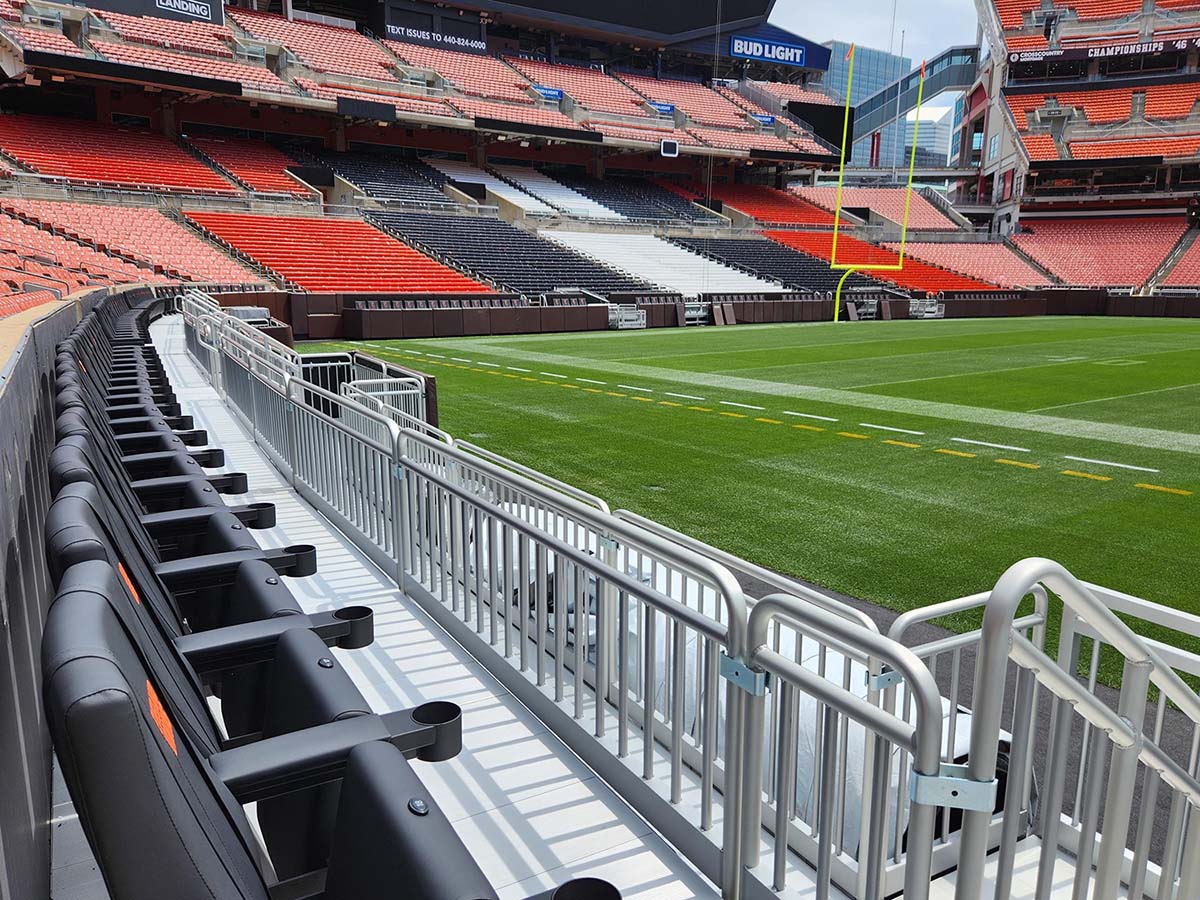
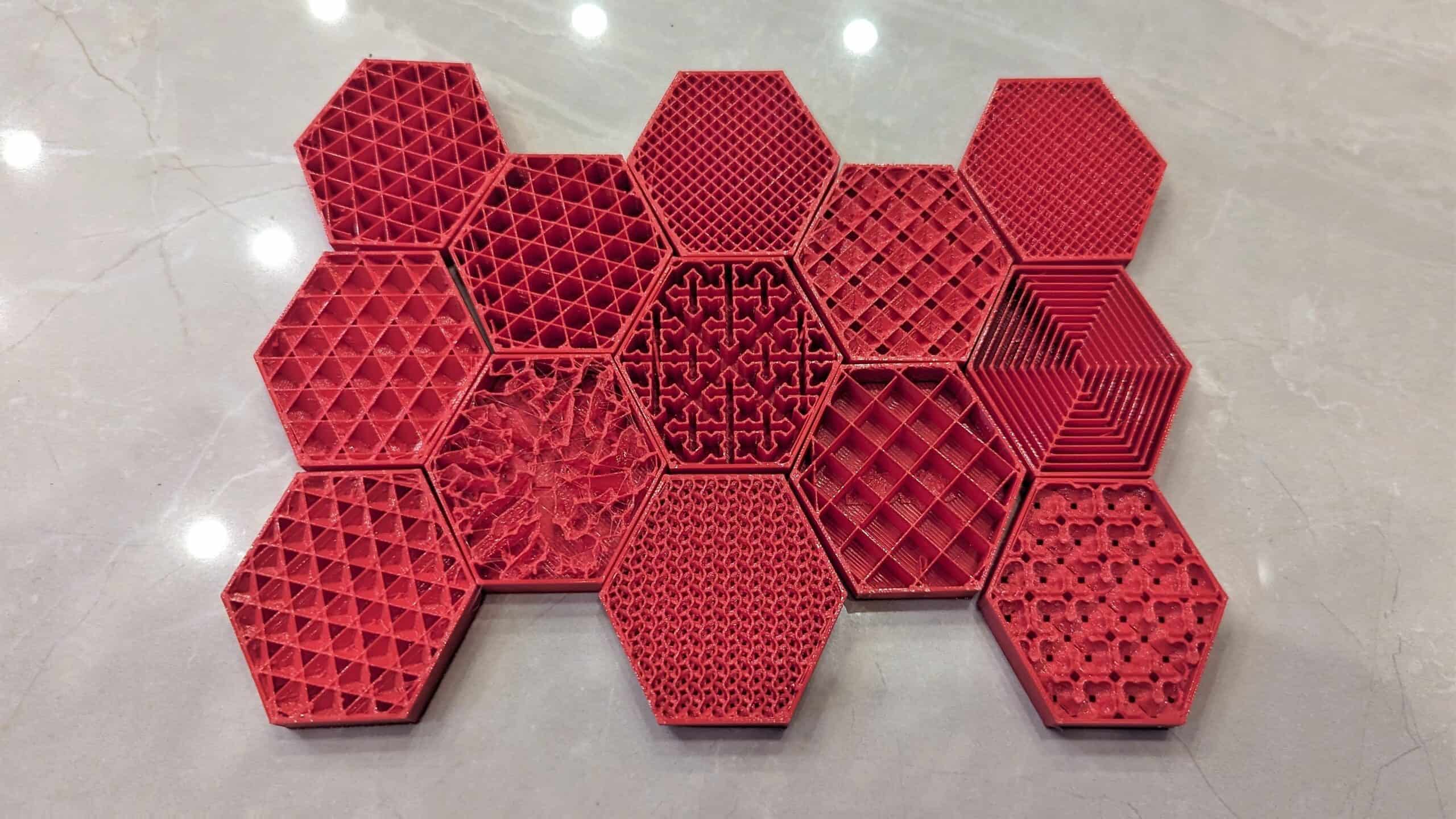
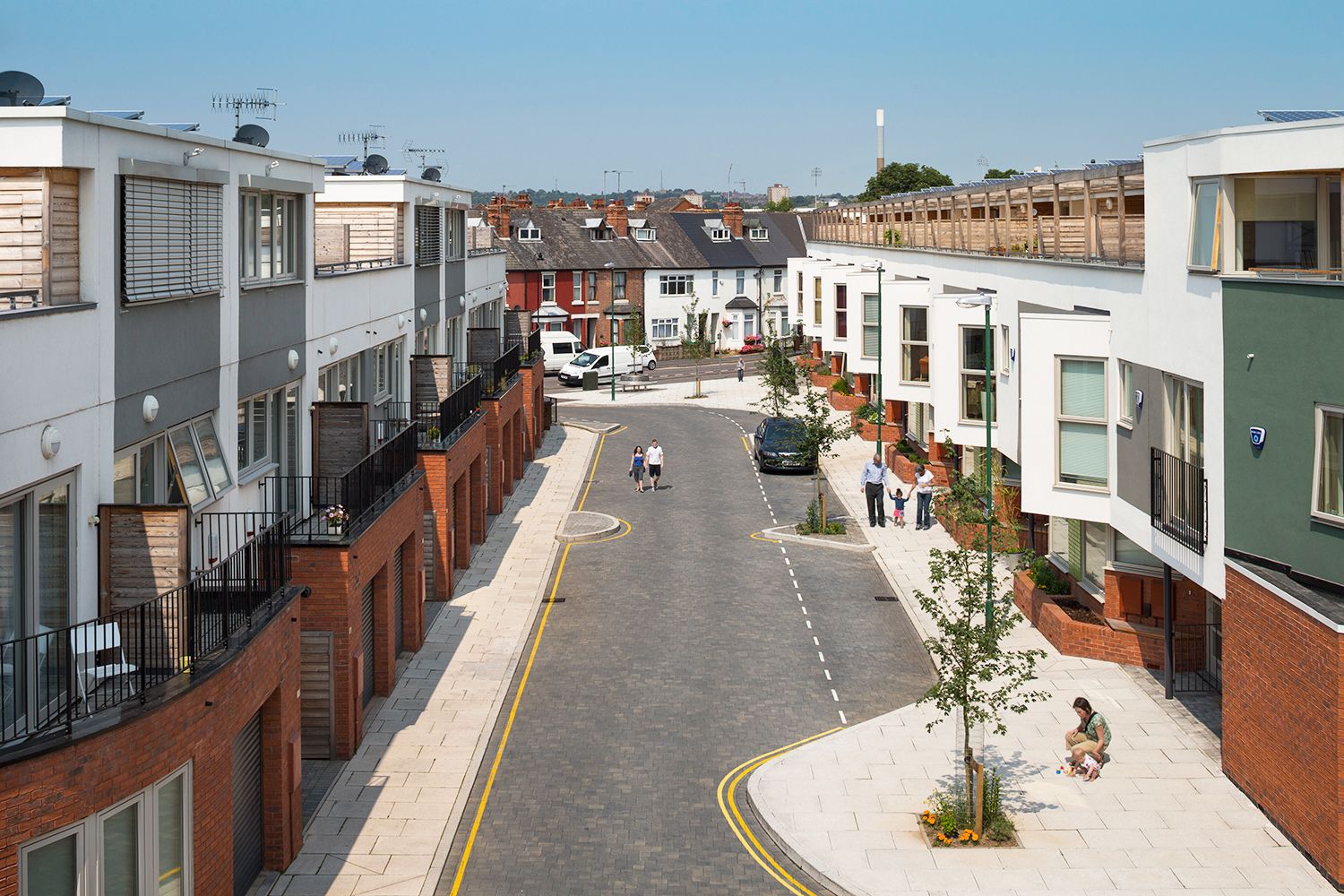
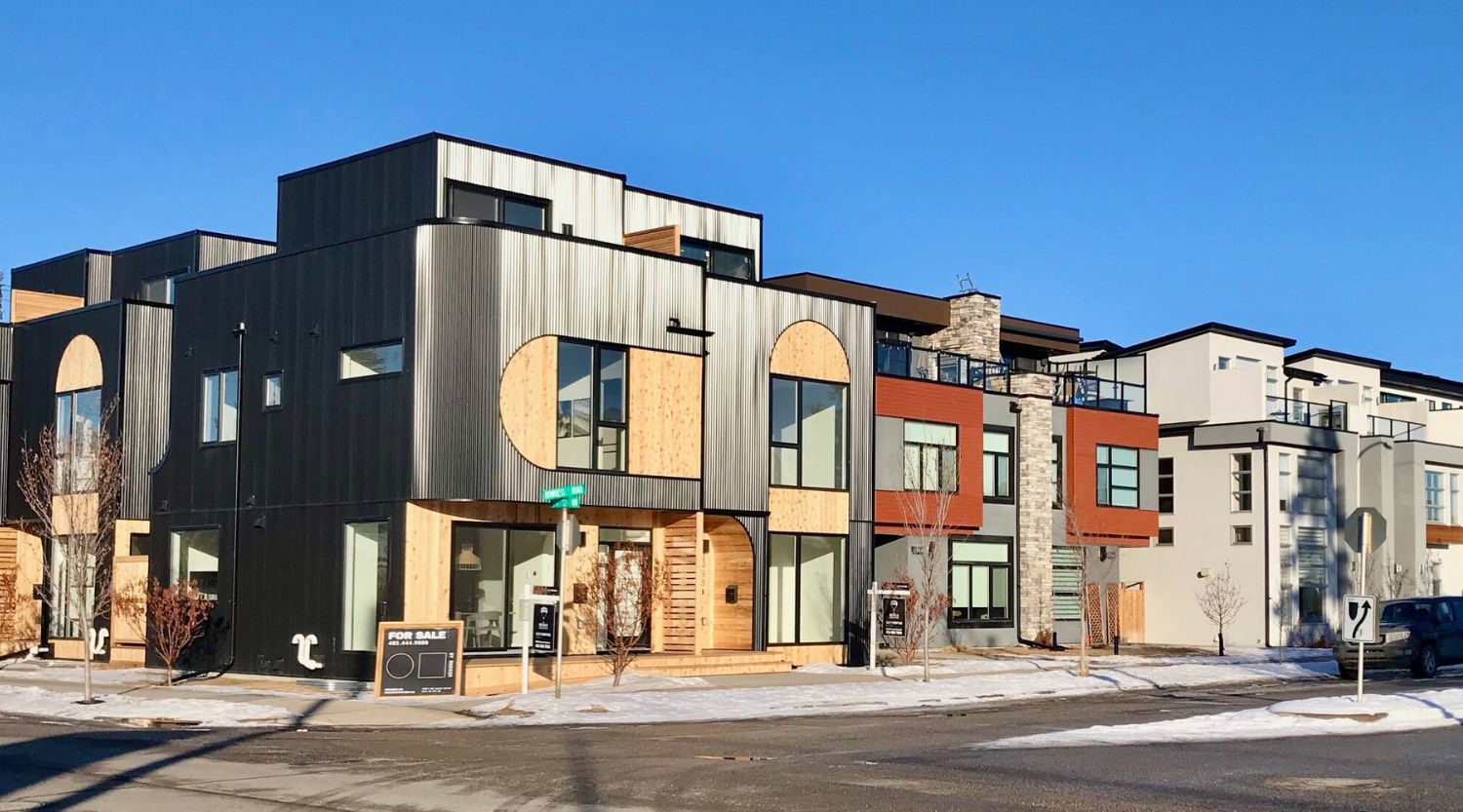


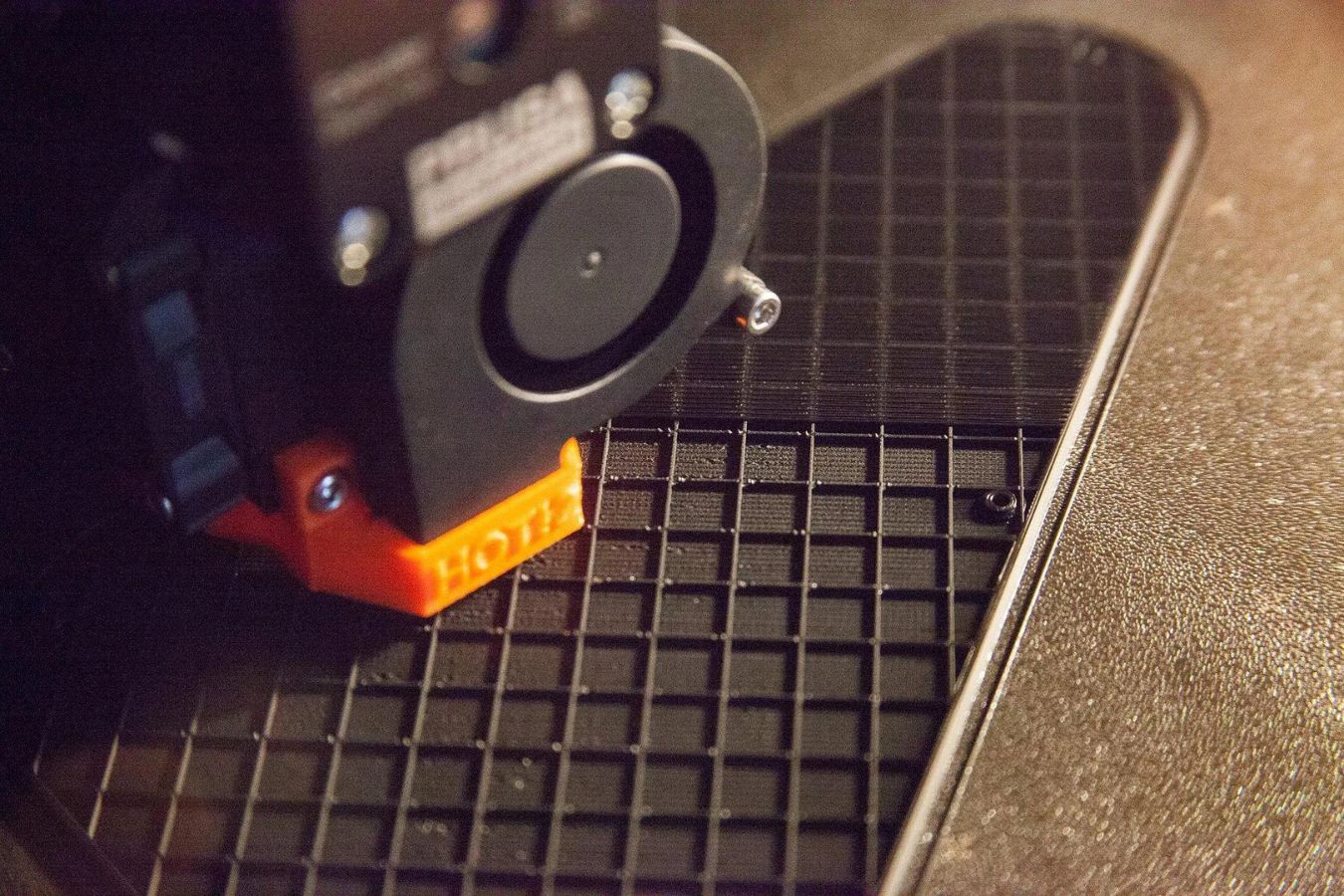

0 thoughts on “What Are Infill Lots”